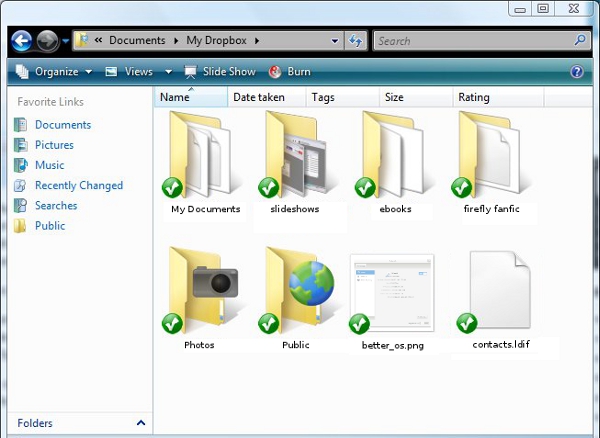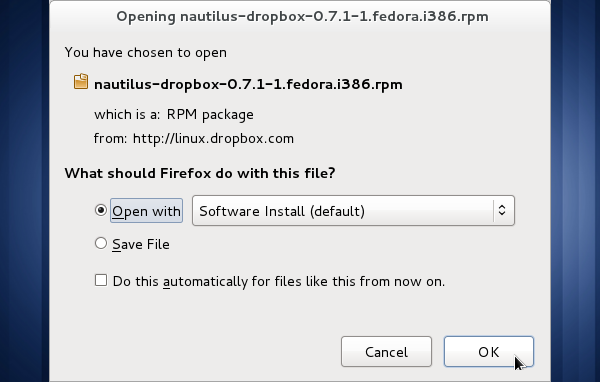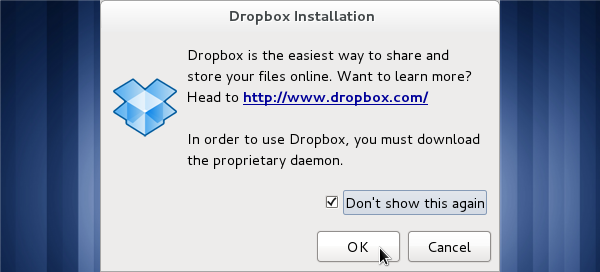The internet has the advantage of being a very familiar and comfortable medium for most people, making migrating files over the internet pretty easy. On the other hand, it's not the best way to migrate vast amounts of data or any sensitive, personal, or financial data.
There are three easy ways to migrate data over the internet.
- If you files that are small enough to email, then you can just email yourself your own data. You might want to zip groups of them into archives first just to minimize how many email messages you actually have to send.
If you have a lot of files that are too big or inconvenient to email, then you might be able to divide and conquer. Keep in mind that these services are often completely open to the public! DO NOT USE THIS for files you don't want anyone else to see!
Free Online Services
- Upload your documents to Google Docs.
- Upload your pictures to Flickr or Picasa.
- Upload your music to MediaFire.
And finally there are free cloud storage services that allows you to upload data onto their servers. Depending on how many files you have, one upload could be enough to get all your data; if you have much more, you might want to look into the external storage method instead.
As with the online services and email, remember that these free online services are not private. These services don't let everyone in the world see your data, but remember that their employees can! DO NOT USE THIS for files you don't want anyone else to see!
Free Online Backup
- Dropbox is a popular online file sharing and backup solution that works with Windows, Mac, and Linux.
- Spideroak is an online backup service, offering a few free gigabytes of storage with the option to purchase more as needed. Like Dropbox, they have easy-to-intall apps for your Windows, Mac, and Linux systems.

Once you install the backup software, copying your files to it is pretty similar copying files to an external thumbdrive or USB harddrive. If you have a lot of data, you'll probably need to give it a while to copy.
Be sure to grab all your data from your Mac or PC computer! Here are the usual places to look for your stuff on each platform:
Mac
- Go to your Home folder (it's the house icon on the left panel of the finder) and copy everything in it to your external storage device. Done!
- Click on the harddrive icon on your desktop and look inside of it just to make sure you don't accidentally have data there. You probably don't (you shouldn't) but it's best to check.
Windows
- My Documents
- Music
- Pictures
- Downloads
- Desktop
- Check around in My Computer for any files that look like you might have created them.
After a cup of coffee (the more files you have to transfer, obviously, the longer it will take), you're ready to move your files to your Linux computer. (Or, alternately, you're ready to install Linux on the computer you just grabbed your data from.)
Time to sit down at your Linux computer and copy your files from the internet.
If you emailed yourself the files, getting your files back is as easy as checking your email and downloading the attachments. By default, they'll be saved in your Downloads folder.
If you used free online services to stash your files, getting your files back is as easy as logging into your accounts and downloading your files.
If you used online backup services to store your files, you need to install the backup software on your Linux computer. This will be similar to how you installed it on Mac or Windows: go to the backup service's website, download the installer package, and install.
Installing software on Linux is as easy as on Mac or Windows, so just step through the instructional prompts until the service is installed. If you're using Dropbox, here's a quick overview.

When you start the download from Dropbox's site, you will be asked how you'd like to open the file. The correct answer is to answer it as an installer. Give it time to download; afterward, you'll be prompted to start the installation.
After Dropbox installs, go to your Activities Overview and find Dropbox in your Applications (or just start typeing "dropbox") and Dropbox will launch. The first time it launches, it needs to download additional components.
 Accept this and let Dropbox finish its installation. When it's all
finished, you'll be asked to sign into your account and you can use
Dropbox from Nautilus just as you did on Windows or Mac. Be sure to
copy all your data from Dropbox and place it into their appropriate
directories. You don't really want to keep all your data only on
the cloud!
Accept this and let Dropbox finish its installation. When it's all
finished, you'll be asked to sign into your account and you can use
Dropbox from Nautilus just as you did on Windows or Mac. Be sure to
copy all your data from Dropbox and place it into their appropriate
directories. You don't really want to keep all your data only on
the cloud!
Installing SpiderOak or most other similar services is essentially the same; go to the download page and download the installer. Step through it and sign into your account and copy your data.
Tip!
It's a good idea to take the music from your Music or iTunes Media folder on the external drive, and dump that into the Music folder of your new Linux system. Take the folders and files out of Pictures and place them into Pictures. And so on. If you're migrating from a Mac, the layout will look familiar, so just stay with that convention. If you're on Windows, you'll have a better level of separation and organization, so use that to your advantage and put video files into the Video folder, random downloaded files into Downloads, and so on.
Once that's finished, you're done! You can now move onto learning about your peripherals and the new software you'll be using!
Once that's finished, you're done! You can now move onto learning about your peripherals and the new software you'll be using!

